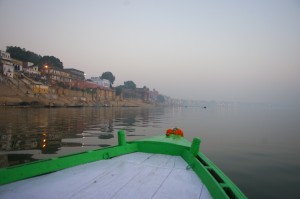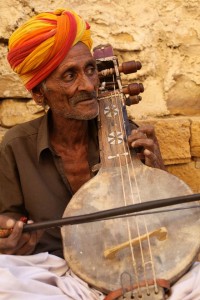
Gavine, a strange fellow who never speaks but hums Bollywood songs when he hangs out the washing.

This is Bikkie, he ignores you for the most part, but if you sing his name enough (Oh Bikkie you’re so fine, you’re so fine you blow my mind Hey Bikkie) he’ll turn and face you with a huge grin.

This is Chotu, one of the sweetest boys you’ll ever meet, and Atul, one of the two carers who lives at the hostel literally 365 days a year. He gives up a regular life and the opportunity to get married in order to work there.

Raju and Babu, the best of friends. Neither can speak or use sign language, but they communicate all the same.
 Raj Luxme, a 24yo woman with cerebral palsy. She was the little girl left by her parents on the train tracks and is the reason that the IID began.
Raj Luxme, a 24yo woman with cerebral palsy. She was the little girl left by her parents on the train tracks and is the reason that the IID began.

Gomaal and I. She is sassy as sass comes, it took about half an hour of throwing around clothes for her to choose an outfit everyday. She pretended to hate being tickled but secretly she loved it, look at that smile.

And finally, Babu. The sweetest boy I’ve ever met, with the most beautiful smile. The only man for me.
While in India, I lived and volunteered at the Integrated Institute for the Disabled (IID) in Varanasi. The IID is a hostel, school and university for children with special needs. I worked in a classroom with the most severely disabled children in the school 30hrs a week for four and half months, and during my time off I cared for the sixteen children who I lived with at the hostel.
Now I don’t consider myself to be a particularly charitable or humanitarian person, I took the trip because I received a scholarship for it and was scared shitless for the first two weeks. It quickly became the most full on, confronting, fulfilling and joyful experience of my life.
I’ve never experienced happiness as blissful and pure at those four and a half months spent at the institute.
But it wasn’t all butterflies and roses. Out of just a handful of my students, one regularly had seizures, one vomits after every meal, three soil themselves multiple times a day, three kids will eat their poo if given a chance and as a result their hands are tied when they go to the toilet, four kids would have random violent outburst, several boys were sexually abusive towards other students and that’s just scraping the surface.
The kids rarely wash their hands, their environment is unhygienic, they often get sick, they eat the same meal three times a day, (rice, dal and potato) and don’t always have access to clean drinking water.
These issues are serious, but the staff at the IID is doing the best it can to take care of the kids while it is extremely understaffed and lacking in resources and finances.
But, all the while, the kids are extremely happy. These kids don’t realize the shitty hand that they’ve been dealt in life. Most of the children living at the hostel have been abandoned by their parents, one girl was left by her family on railway tracks, but their new family is the IID, and for a while it was my family too.
I would wake up to the strange sounds of the screaming children, many don’t speak but make strange noises constantly, and we’d go downstairs and they’d greet us with the most amazing smiles. Chotu would shout, “Didi, Didi,” meaning ‘older sister’, Raju would indicate for me to check out his outfit, generally all denim, he’s such a little dude, and Vatsal would come and hold both my hands for several minutes for no apparent reason, without making eye contact and then casually walk off again.
That was my life for four and a half months. Feeding the kids (with our hands, no cutlery in India), brushing their teeth, clothing them, cleaning up after them, playing with them, lulling them to sleep, helping a little girl with cerebral palsy learn to walk, teaching Chotu to count, playing cricket with makeshift cricket bats and balls, buying bananas in bulk and trying to stop Shantiman from snatching other kids’ treats.
It was incredible. After my long trip in 2012, I had to visit again in 2013. And my little family was still the same; some of the kids even remembered me. The IID is an incredible place, and it taught me so many important things about myself and about other people that I never expected to learn. They always say that true happiness comes from helping others. I didn’t exactly find this true, at times looking after the kids was exhausting and we sometimes felt under-appreciated, it was seeing the other kids happy that was the most rewarding of all. And earning their love. The way that Raju’s eye lit up when he saw us come down the stairs and the way Vatsal would push my legs open so that he could sit in my lap and play with the fabric of my pants.
That’s about as corny as I’ll ever get in a blog post, I hope. But it’s all true. It’s a sad and confronting place, but also the most loving and happy place that I’ve ever experienced. Here’s a video that I made in order to raise money for the Institute. It isn’t completed, but it’s the draft of what I’m working on at the moment and offers more information about the IID itself rather than my experience there.
IID Video Draft from Mardy Bridges on Vimeo.




 Raj Luxme, a 24yo woman with cerebral palsy. She was the little girl left by her parents on the train tracks and is the reason that the IID began.
Raj Luxme, a 24yo woman with cerebral palsy. She was the little girl left by her parents on the train tracks and is the reason that the IID began.













